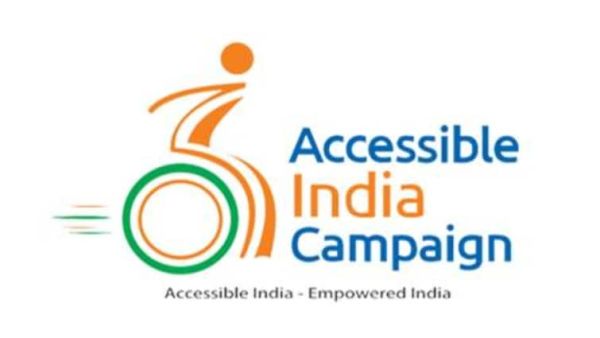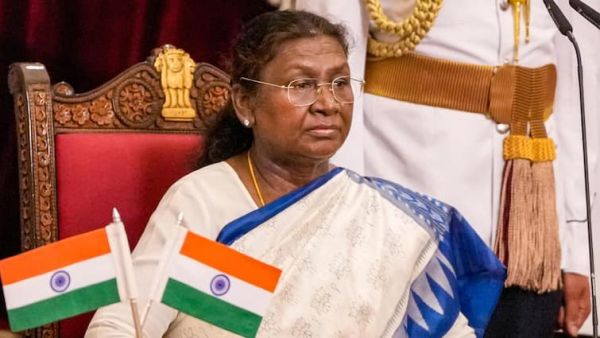
After gaining independence in 1991, the small European country Estonia had neither a strong economy nor a developed infrastructure, but Estonia made technology the path to nation-building. In 1996, a nationwide digital education program called Tiger Leap was started, under which computers and the internet were delivered to schools. In just one year, 97 percent of schools were connected to the internet.
After this, in the year 2000, Estonia declared the internet a basic human right and provided free WiFi in public places. Today everyone in Estonia pays taxes online, and 100% government services are available online. Estonia, located on the banks of the Baltic Sea, has a population of less than 14 lakhs.
The President of Estonia met PM Modi.
Prime Minister Narendra Modi met Estonian President Alar Karis during the AI Action Summit held in Paris in February this year. At that time, Estonia's digital literacy was much discussed. Alar had said that in our country, if one has to wait 30 minutes in line for anything, then not only the officials but also the ministers start demanding resignation.
Everything from banking to health records in one ID
Every Estonian citizen has a digital identity eID, with which he can do everything from banking to health records, paying taxes, and even casting votes. With this card, one can also digitally sign legally valid documents. Because of this digital sign, Estonia saves about 2% of its GDP every year. Estonians do not have to wait for office hours to avail of any government service. Government services are available 24×7 here.
Major services that are online
E-divorce: When Estonia started the online divorce process in 2024, it achieved its target of 100% digitization. Estonians can now get divorced from their mobile phones while sitting at home.
E-tax: People pay their taxes from mobile or computer in just 3 minutes.
E-voting: People can vote for parliament through their mobile phones. This facility has been running since 2005.
E-residency: Even if you don't live in Estonia, you can still avail of its digital services. More than 60,000 people from across the world have become e-citizens.
How was this possible?
X-road platform: Data exchange system connecting government and private systems so that documents are not asked for every time.
Internet is a human right: In 2000, the government said that the Internet is the right of every citizen. By 2002, most of the population was connected to free Wi-Fi.
Tiger Leap Program: Massive expansion of internet and computers in schools, which laid the foundation of digital education.
Political unity: For more than three decades, every government has given priority to the digital agenda.
Disclaimer: This content has been sourced and edited from Dainik Jagran. While we have made modifications for clarity and presentation, the original content belongs to its respective authors and website. We do not claim ownership of the content.
-
Smartphone Tips: Does your phone's storage get full again and again? Make sure to do so..

-
‘Taarak Mehta Ka Ooltah Chashmah’: Dilip Joshi, Munmun Dutta’s Absence Sparks Exit Buzz, Makers Clarify

-
Sugamya Bharat App Adds AI Chatbot, Easier Navigation For Persons With Disabilities; Details Inside

-
MSMEs Drive Rural Jobs, Need Finance, Tech To Thrive: President Murmu

-
Rajputana Stainless Files For IPO; Net Profit Rises Despite Revenue Decline
